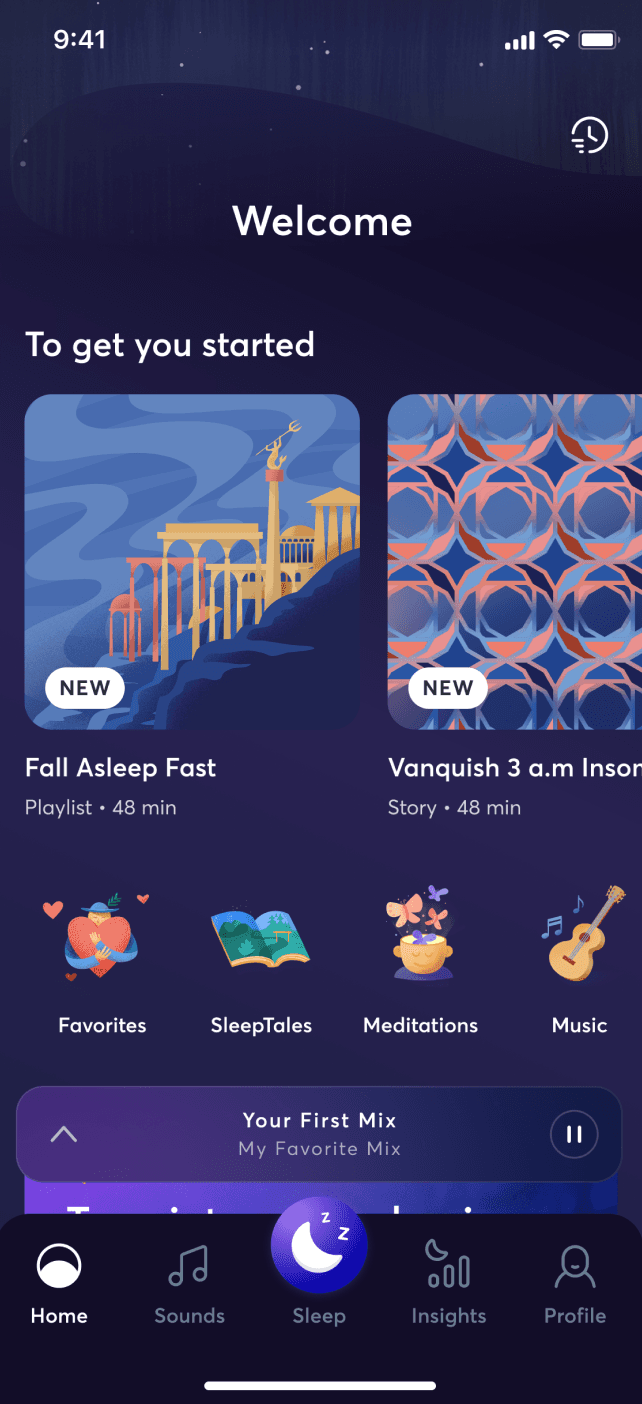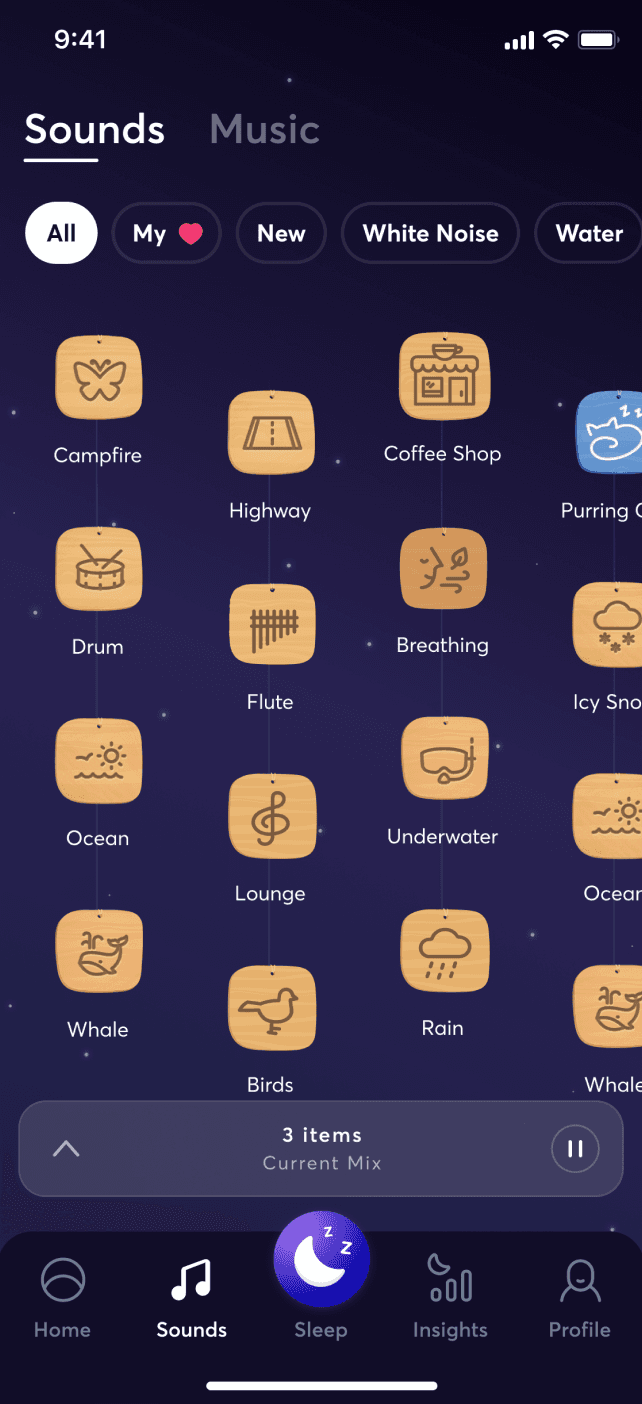
Physical Symptoms of Anxiety
Anxiety is an emotion, but it also causes physical symptoms. When it comes to anxiety, shaking, headaches, and upset stomach are common. Whether you have an anxiety disorder or only experience anxiety occasionally, you can take steps to relieve both the mental and physical discomfort it causes.
How Does Anxiety Become Physical?
Anxiety is a natural feeling to have in situations that you perceive to be stressful or scary. It triggers your autonomic nervous system, which prepares your body to react to the situation. This is the so-called fight-or-flight response.
Because the system is preparing you for action, it’s more than just feelings. It’s a physical response that causes genuine symptoms. Many people experience anxiety even when there is no real threat. The autonomic nervous system doesn’t know the difference, so it kicks into action, causing symptoms.
Another way anxiety causes physical symptoms is through the brain-gut connection. The digestive system can send signals to the brain and vice versa. This is why digestive symptoms are so common with anxiety and stress.
What Are the Symptoms of Anxiety?
The autonomic nervous system is something you can’t consciously control. It kicks in whether you want it to or not, and it regulates heart rate, respiration, and other bodily functions. Common physical symptoms associated with anxiety include:
- Shortness of breath
- Increased heart rate
- Excessive sweating
- Any digestive upset, including abdominal pain, nausea, or diarrhea
- Insomnia
- Headaches
- Muscle tension and pain
- Fatigue
You might also experience anxiety shivers, tremors, twitching, and similar symptoms. Tingling in the hands and feet from anxiety is less common but possible. It is more often associated with panic attacks.
Some people engage in compulsive behaviors with physical complications from anxiety such as skin picking or pulling out hair.


How to Stop Shaking from Anxiety and Other Physical Symptoms
Knowing how to stop anxiety muscle twitching, tension, shaking, and other symptoms are essential for feeling better. The best thing you can do is manage your anxiety in general. The less anxious you feel and the more effectively you cope with it, the fewer physical symptoms you’ll experience.
Try confronting your negative thoughts as assumptions. Stop to think about the source of the anxiety and then assess it. Is it that bad? Are you overreacting? What can you do about the situation to relieve your stress? Anxiety isn’t always logical, so challenge it.
Anything you can do to relax the tension in your muscles will help relieve anxiety: physical activity, a massage, yoga, or relaxation exercises. Regular exercise makes your body and mind more resilient in the face of anxiety, so try to be active every day. Also, add other healthy habits to your routine, including eating well, getting enough sleep, taking time out from responsibilities, and practicing regular meditation.
If self-management doesn’t bring adequate relief, consider talking to your doctor. A mental health professional like a therapist can provide better-coping tools and help you challenge and change your anxious thoughts.
Physical anxiety symptoms aren’t simply in your mind. Anxiety really does manifest in the body, so take symptoms seriously. Learn about other lesser-known symptoms, and talk to your doctor if you find you can’t control anxiety on your own.






















